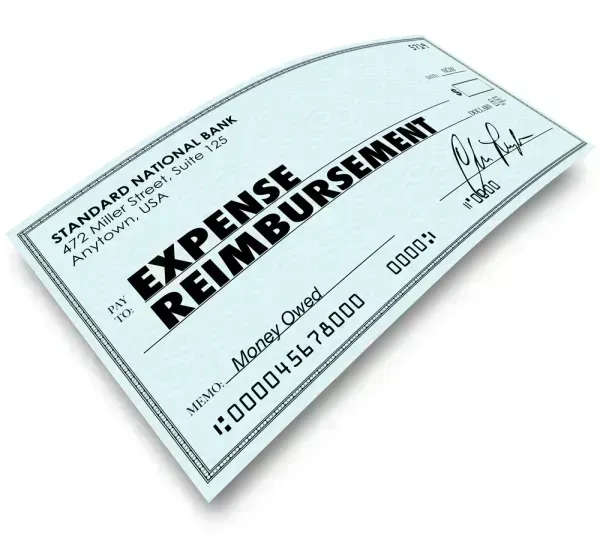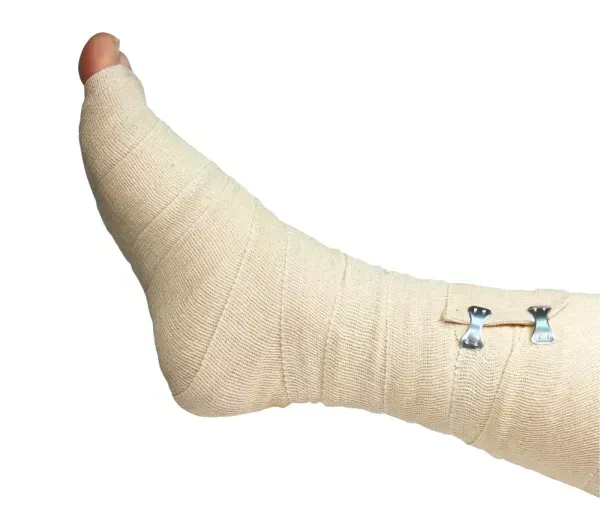EM Coding Alert
Skipping PFSH Can Cost You
Question: I have a claim in front of me that is giving me pause because I cannot decide on an E/M level. The notes clearly indicate that the physician performed a comprehensive examination and high-complexity medical decision making for a new patient with a history of diabetes. I am not sure if the history level is comprehensive or detailed. The physician addressed five history of present illness (HPI) elements and reviewed 11 systems (ROS). Is this a level-five E/M?
Louisiana Subscriber
Answer: You’ll have to review the notes to determine the level of personal past medical, family, and social history (PFSH) before deciding on an E/M code. You’ll need to identify a complete PFSH in order to code a level-five E/M service.
How it works: There are three levels of PFSH:
This encounter involved extended HPI and a complete ROS, both requirements for a comprehensive E/M history. A comprehensive history also requires a complete PFSH, which you do not mention in your description. If you read through your review of systems, you may find elements of past or social history that can be used in those categories.
Best bet: Count the PFSH elements that the physician documented. If she performed a complete PFSH, report 99215 (Office or other outpatient visit for the evaluation and management of a new patient, which requires at least 2 of these 3 key components: a comprehensive history; a comprehensive examination; medical decision making of high complexity …) for this encounter. If you cannot find evidence of complete PFSH for this patient, however, this will only qualify as a detailed history, so you should select 99214 (… a detailed history; a detailed history; medical decision making of moderate complexity … ) for the encounter.
Pointer: The PFSH might not have its own section in the notes; most likely, you’ll find this information within the notes documenting the patient’s HPI or ROS.
Related Articles
EM Coding Alert
- E/M Compliance:
Ensure Medical Necessity Before Leveling Your E/M Services
Key: MDM and medical necessity are not the same. If you are reporting high level [...] - ICD-10:
Focus Your ED ICD-10 Prep on These Top-9 Codes, Part 1
Set yourself up for diagnosis success this fall. Without the correct diagnosis codes to support [...] - Self Audits:
Analyze E/M Trends to See Where Your Practice Fits
Comparing your coding to the curve can focus your provider education. These days, it isn’t [...] - You Be the Coder:
Specialty Designation Matters in New vs. Established
Question:If a patient is referred to our practice for otitis media in 2014 from Dr. [...] - Reader Questions:
Check the Dates Before Adding 57
Question: A patient had an office visit (99213) with a 185 diagnosis on Feb. 17. [...] - Reader Questions:
Skipping PFSH Can Cost You
Question: I have a claim in front of me that is giving me pause because [...]




